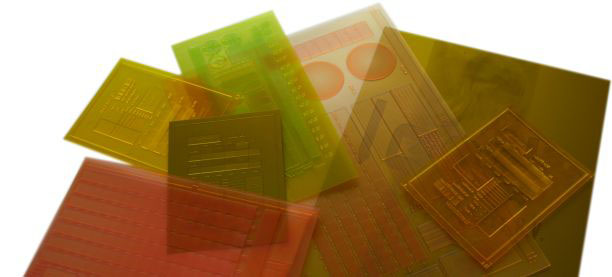Flexographic printing has come a long way, and one of the biggest reasons for that progress is the shift to photopolymer printing plates. These plates are made from a special resin that reacts to ultraviolet light. The parts exposed to UV harden, while the unexposed areas are washed away. What is left is a raised surface that carries the image and transfers ink cleanly to the printing substrate. This raised image is what allows flexo presses to reproduce artwork with sharp detail, even at high speed.
Before photopolymer became the industry standard, printers relied on rubber plates. Those older materials wore out quickly and could not hold fine detail. Photopolymer changed that. It proved more reliable, longer lasting, and capable of producing crisp results. Over the years, the technology has only improved, with better materials, smarter equipment, and advanced digital workflows making these plates more precise than ever.
Why Photopolymer Technology Matters
The progress in photopolymer printing plates is clear in three areas. First, the base material itself has improved, with chemistry that helps plates release ink smoothly. Second, the equipment has advanced. High resolution lasers and refined processing now produce plates with sharper edges and cleaner details. Third, software has grown more intelligent, allowing plate makers to optimize screens and get the most out of the material and equipment.
Together, these changes mean packaging looks sharper and more consistent. In today’s retail world, consumers notice clarity and detail. If a plate cannot hold fine screens or transfer ink properly, the press will never deliver the quality a brand expects.
The Challenge for Printers
Some companies still attempt to make plates in house, but the reality is that keeping up with the required investment is tough. Imaging units, processing systems, and software updates all come with high costs. Without them, in-house plates rarely unlock the full capability of a press. The result is packaging that looks flat or inconsistent compared to what is possible.
Also Read: The Essential Role of Corrugated Printing Plates in Flexographic Printing.
This is why many printers and packaging companies turn to specialists. By sourcing photopolymer printing plates from trade shops, they gain access to the latest technology and expert craftsmanship. That allows printers to focus on running their presses while knowing their plates will perform reliably.
PlateCrafters and Photopolymer Solutions
PlateCrafters has been serving the industry for decades and understands the role of a plate in the success of a print job. The company offers a wide range of options: analog or digital, solvent or thermal processed, high definition or flat top screening. Plates can be tailored to any required size, thickness, or durometer.
Ordering a photopolymer plate online through PlateCrafters is straightforward. Customers can get guidance on the right choice for their project, whether the goal is durability, speed, or maximum image detail. That flexibility helps businesses in all sectors produce packaging and labels that stand out.
A Trusted Partner for Quality
High quality printing starts with the plate. By choosing photopolymer printing plates from specialists like PlateCrafters, companies avoid the burden of constant equipment upgrades and still achieve sharp, consistent results. The company continues to invest in materials, imaging systems, and screening software so its clients can rely on plates that perform from the first impression to the last.

